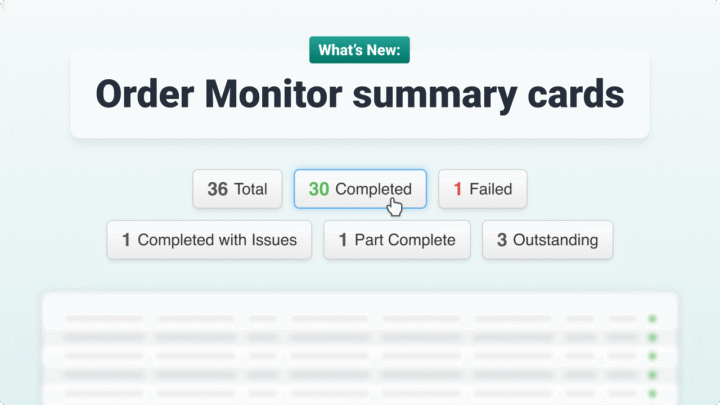Big news for all commercial vehicle operators out there! The Driver and Vehicle Standards Agency (DVSA) has just released an updated version of its Guide to Maintaining Roadworthiness.
This guide is your go-to resource for navigating the regulations, requirements, and industry best practices that keep your lorries, buses, and trailers safe and compliant.
Think of the Guide to Maintaining Roadworthiness as your essential road and vehicle safety playbook, covering everything from daily walkaround checks and defect reporting to in-depth inspections, planned maintenance schedules, and the all-important record-keeping.
Keeping on top of this guidance is paramount for ensuring the safety of your drivers and other road users, as well as staying on the right side of the law.
What’s new in the updated Guide to Maintaining Roadworthiness?
So, what exactly has changed in 2025?
The DVSA has listened to feedback and incorporated some key updates to make the guide even more comprehensive and user-friendly. Here are the key bits of information you need to be aware of:
- Fresh guidance from the traffic commissioners: Expect updated insights directly from the traffic commissioners on what it takes to maintain full compliance. This section is always worth a close read to ensure your operations align with their expectations.
- Enhanced driver check guidance for arduous conditions: If your vehicles regularly operate in demanding or challenging environments, pay close attention to the new, more detailed guidance on driver checks. This guidance will help your drivers identify potential issues specific to those conditions.
- Clarity on brake assessments, risk Assessments, and EBMS: The updated guide provides clearer explanations and requirements for conducting thorough brake assessments. It also sheds more light on when a risk assessment can be used in place of a laden brake test and clarifies the requirements surrounding Electronic Brake Performance Monitoring Systems (EBMS).
- A timely reminder on brake testing requirements: The DVSA wants to ensure everyone is clear on this crucial aspect. Remember, every safety inspection must include a brake performance assessment (BPA). If a laden brake test isn’t feasible, a robust risk assessment must be carried out. This isn’t a new requirement – the DVSA flagged this in November 2024 – but this updated guide reinforces its importance.
It’s your responsibility to stay informed
The DVSA is making the resources available, but it’s down to you, the operator, to take proactive steps. Make sure you:
- Familiarise yourself thoroughly: Take the time to read through the updated Guide to Maintaining Roadworthiness.
- Review and comply with brake assessment requirements: Double-check your current procedures against the updated guidance on brake performance assessments and risk assessments. Ensure you’re meeting the required standards.
- Update your maintenance systems: If the changes in the guide necessitate adjustments to your existing maintenance schedules, inspection processes, or record-keeping, make those updates promptly.
Where to find the updated guide
You can find the latest version of the Guide to Maintaining Roadworthiness on the official GOV.UK website.
Where to find previous updates
What’s Changed in The Guide to Maintaining Roadworthiness (2024)?
What’s Changed in the Guide to Maintaining Roadworthiness (2023)?



